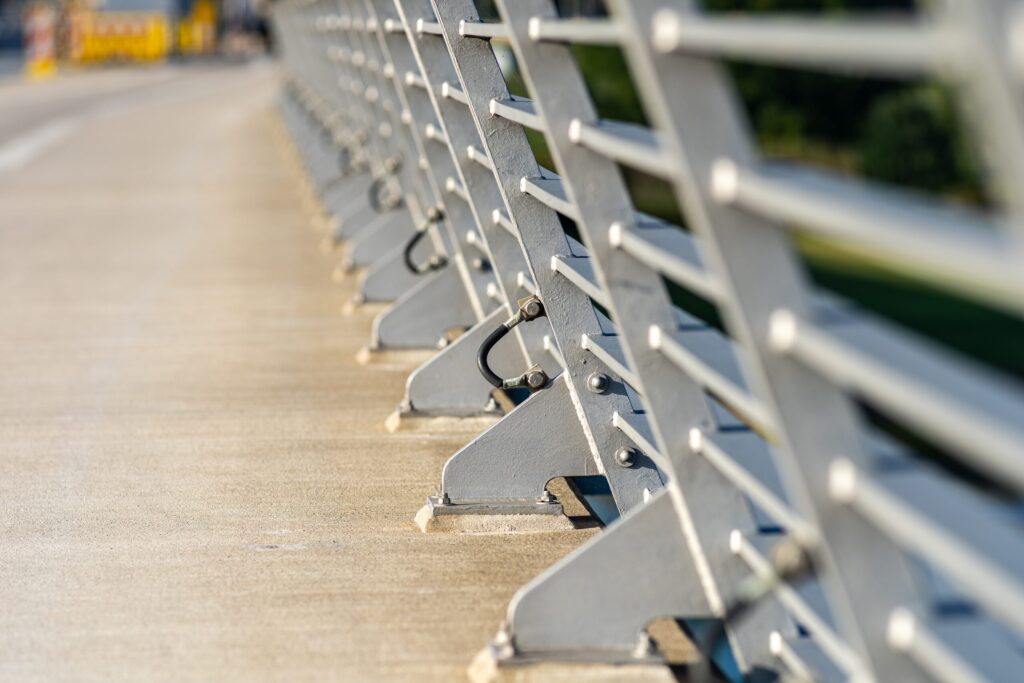Essential Guide to Cable Railing Safety and Durability
In modern architectural design, safety, and aesthetics often go hand in hand. Cable railing systems have become increasingly popular due to their sleek, contemporary look and ability to provide unobstructed views while ensuring the safety of occupants. Moreover, these systems are known for their longevity and minimal maintenance requirements. Please keep reading to delve into cable railing systems, exploring their rising popularity, safety features, durability, and materials.
Safety Features of Cable Railing Systems

While the visual appeal of cable railing systems is undeniable, safety must be a priority. These railings are designed to meet stringent building codes, ensuring they hold up to pressure and prevent falls. The cables are typically made of high-strength materials, such as stainless steel, capable of resisting significant force without giving way.
One critical factor contributing to the security provided by cable railing systems is the spacing of the cables. The design ensures the gap between the cables is narrow enough to prevent small children or pets from slipping through. Moreover, the tension of the cables can be adjusted to maintain rigidity and safety over time.
Proper installation is also crucial to the efficacy of the cable railing system’s safety features. Installers must ensure the end posts are securely anchored to withstand the tension of the cables. Adequate tensioning prevents the wires from becoming loose, which could compromise the barrier’s effectiveness.
Maintenance and Durability Factors
Durability is a hallmark of well-designed cable railing systems. Capable of withstanding harsh weather conditions, the high-grade materials used in cable railings are selected for their resistance to corrosion and wear. This makes them an excellent choice for outdoor spaces where exposure to the elements is a regular occurrence.
Cable railing systems’ maintenance routines typically include simple cleaning and periodic checking of cable tension. Unlike traditional railing options that might require frequent painting or treatment, cable railings often maintain their appearance with less effort.
The hardware components of cable railing systems also contribute to their overall resilience. High-quality fittings, such as swage terminals and turnbuckles, are engineered to maintain cable tension and alignment over time. This specialized hardware is integral to the system’s ability to endure continuous use and environmental pressures.
Material Choices for Cable Railing Systems

The selection of materials for a cable railing system directly influences its performance and lifespan. The most common choice, stainless steel, is favored for its strength, durability, and resistance to rust. The grade of stainless steel, such as 304 or 316, is also important, with 316 being recommended for coastal or corrosive environments.
Aluminum is another popular material for the posts and frames of cable railing systems. It offers the benefits of lightweight strength and natural corrosion resistance. Moreover, aluminum can be powder-coated for additional protection and color customization, thus enhancing the overall design of a railing system.
Some cable railing systems use wooden posts for a more natural look. These can blend seamlessly with traditional or rustic decor. While wood requires more maintenance than metal, it can hold cables effectively and contribute to a warm, inviting atmosphere when properly treated and cared for.
Installation Best Practices
Effective installation is critical to leveraging the full benefits of cable railing systems. It begins with detailed planning and precise measurement, ensuring the posts and cables align correctly with the architectural specifications. Following recommended guidelines ensures a solid framework that fully supports the tension of the cables.
Anchoring the system securely is another best practice that cannot be overlooked. Whether you’re attaching the system to wood, concrete, or steel, use the appropriate anchors. Following the correct installation procedures will lead to a sturdier railing. This step is particularly vital for end posts, which bear the majority of the tension from the cables.
Tensioning the cables appropriately is also essential for the safety and function of the system. Over-tightening can cause undue stress on the posts and fittings while under-tensioning can lead to sagging cables. Apps and tools have been developed to assist installers in achieving the correct tension for optimum performance.
Overall, cable railing systems represent a versatile and reliable option for enhancing a property’s safety and aesthetic value. Combining innovative design with robust materials and adhering to stringent installation and maintenance standards, these railings offer long-term value and functionality for residential and commercial spaces.


